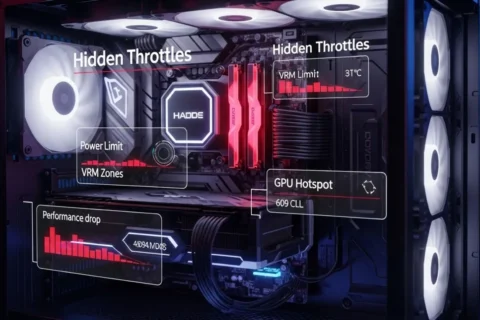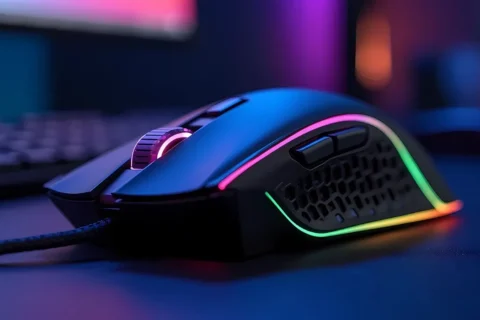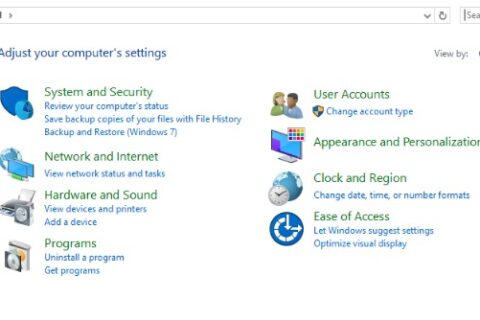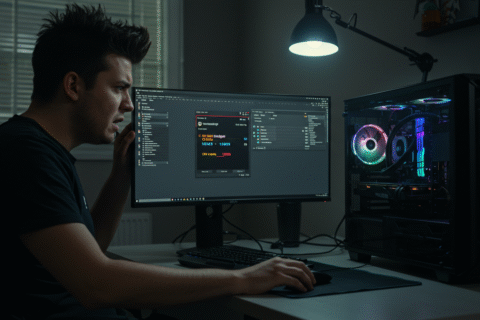Rebuilding every two years is expensive and annoying. A future-proof PC build 2025 is about setting a rock-solid foundation now, so you can swap parts later without tearing the whole system apart. I’ll show you exactly where to invest, where you can go midrange, and how to plan upgrades so they’re quick, cheap, and drama-free.
What Makes a PC Build “Future-Proof”?
Future-proof doesn’t mean “never upgrade again.” It means your platform has room to grow: power, lanes, airflow, and physical space. When you choose the right case, PSU, and motherboard, you can drop in a hotter GPU or a faster CPU years from now without rebuilding the whole thing. If you need help balancing spend, bookmark our Gaming PC Budget Guide in 2025 for context while you read.
- Upgrade-friendly platform: Socket/chipset with headroom for next CPUs, fast storage, and PCIe bandwidth.
- Reliable power budget: A quality PSU with modern connectors and wattage overhead for tomorrow’s GPU.
- Airflow and clearance: A case that breathes and fits longer, thicker cards and taller coolers.
- Cooling overhead: Quiet today, scalable tomorrow with room for more fans or a bigger radiator.
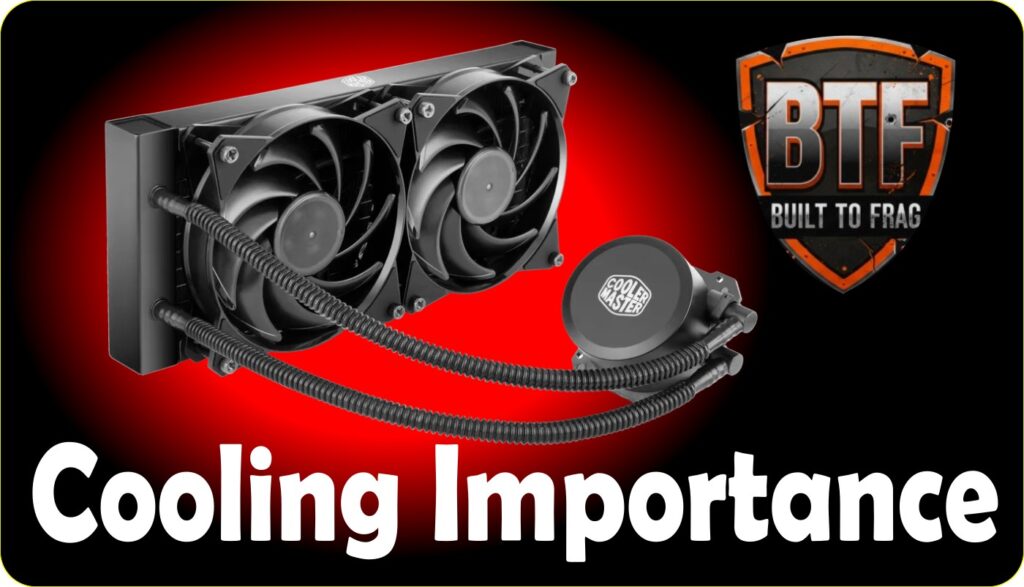
The Core Components You Shouldn’t Cheap Out On
These are the parts that shape your next five years. When you overspend a little here, you save a lot later. If you’re unsure about physical fit and connector weirdness, cross-check clearances with our practical guide How to Pick PC Parts That Fit and Perform before you click buy.
Power Supply (PSU)
Your PSU decides whether next-gen GPUs are plug-and-play or pain. Look for 80+ Gold (or better), fully modular cabling, modern GPU connectors, and generous wattage headroom. A quiet fan curve and a long warranty matter more than RGB nonsense. Get it right once and you won’t touch it again for years, even when you jump a tier on graphics.
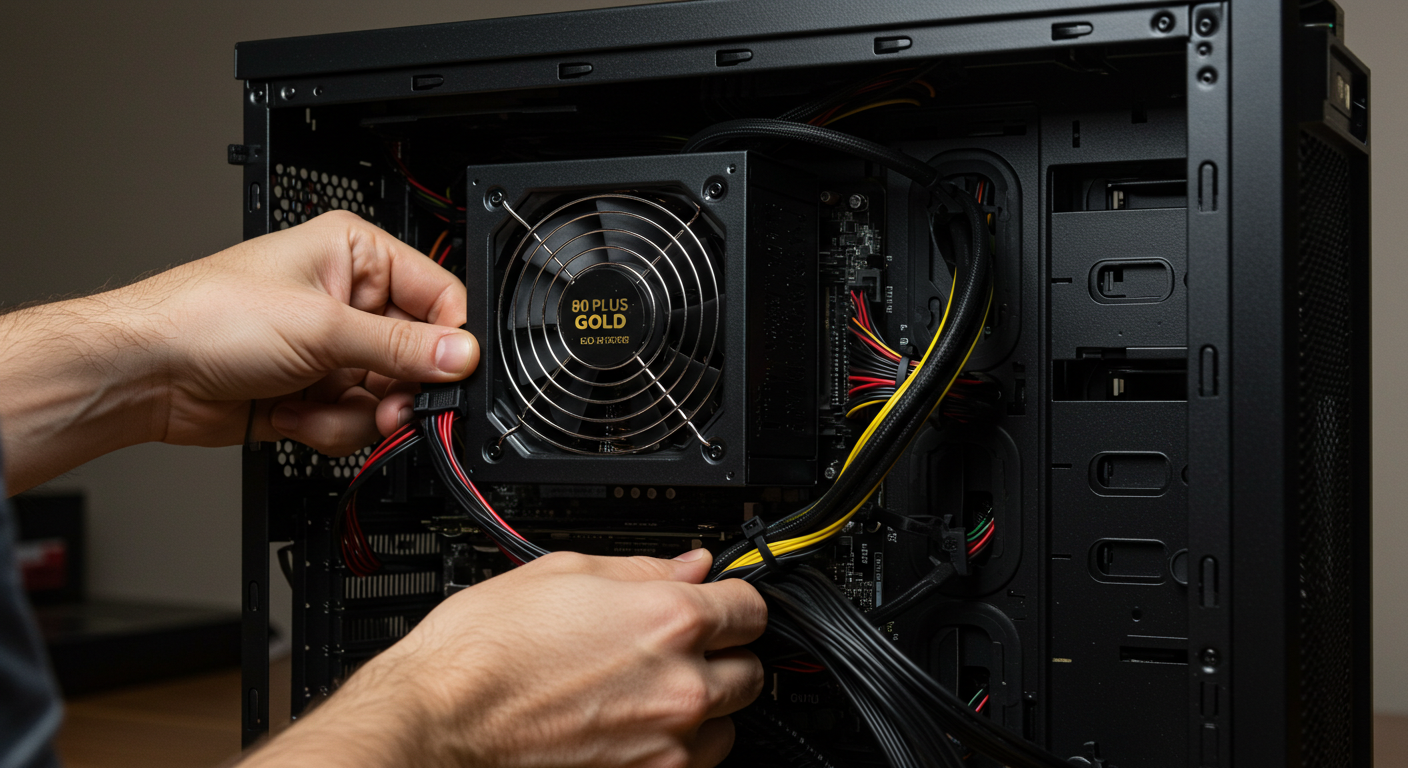
Motherboard
VRMs, storage lanes, and I/O age gracefully; glitter doesn’t. Favor boards with multiple NVMe slots, plenty of fan headers, and at least 2.5GbE. Robust power delivery means you can drop in a hotter CPU later without throttling. If you like real-world picks, our midrange build shortlist in the Best Mid-Range Gaming PC Build includes boards that won’t box you in.
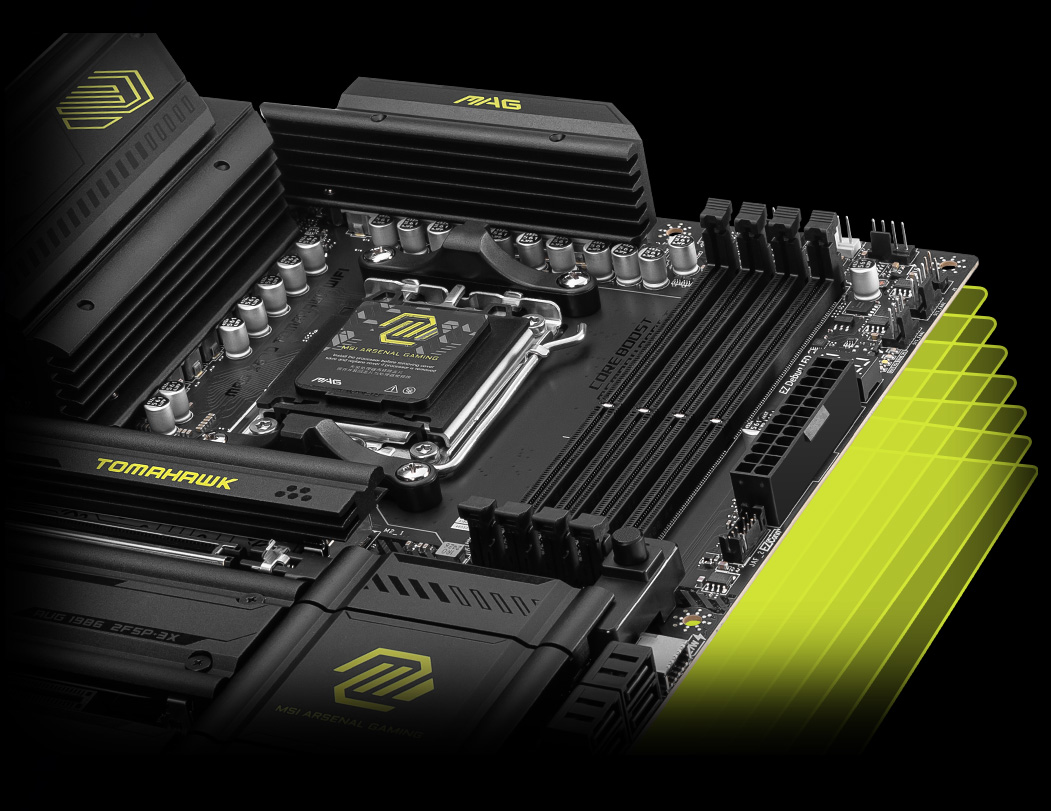
Case
Airflow first, always. Look for a mesh front, two 140 mm intakes minimum, tidy cable channels, and dust filters. The “future-proof” part is clearance: length and thickness for tomorrow’s GPUs, height for tall tower coolers, and space for a 360 mm radiator if you go AIO later. A good case outlives multiple platforms.
Cooling
Good cooling is quiet today and flexible tomorrow. A strong tower cooler or a reputable AIO with sane fan curves gives you thermal headroom for a hotter chip later. If thermals and acoustics are your priority, skim our tips in the Silent PC Build 2025 for balanced, low-noise setups.
The Parts You Can Safely Go Midrange On
Performance parts are easy to swap. Start where your budget makes sense today, and upgrade when prices or new launches swing your way. If you’re building on a shoestring first, our Ultra-Budget Build 2025 shows how to get playable frames while you save for a GPU jump later.
GPU
Buy for the resolution and refresh you actually play now. Leave wattage and length headroom in the case/PSU for your next card. Upscaling tech (DLSS/FSR/XeSS) helps bridge the gap when you’re between tiers. When you’re ready to step up, the rest of your platform shouldn’t hold you back. Start with the right GPU, here’s our 1080p vs 1440p breakdown for 2025.
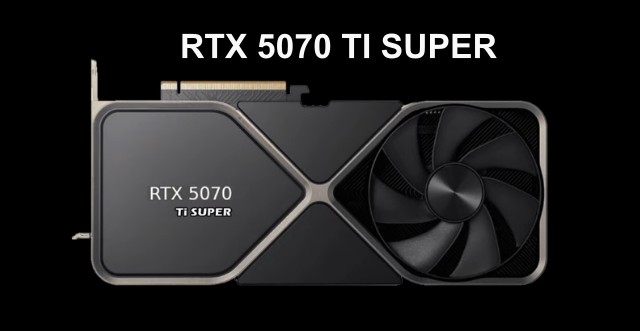
CPU
For gaming, clocks and cache beat bragging rights. A smart midrange CPU on a strong board ages better than an overkill chip on a bargain motherboard. If you want balanced picks right now, look to midrange parts on robust platforms instead of chasing flagship halo chips.
Upgrade Paths: Plan 3–5 Years Ahead
Think in stages, not panic buys. Map your likely GPU step in year two or three, then pencil a CPU/motherboard refresh in year four or five if the uplift is meaningful. Meanwhile, your case, PSU, storage, and cooler keep cruising. A sensible midrange spec today is a solid “day one” platform to evolve from.

Common Future-Proofing Mistakes to Avoid
Most regrets come from skimping on the platform. An undersized PSU, a bargain-basement motherboard, or a glass-box oven of a case turns every upgrade into a headache. If you’re on a tight budget and thinking “I’ll fix it later,” start with an ultra-budget build and upgrade deliberately, don’t saddle yourself with parts you’ll replace in six months.
Sample Future-Proof Build List (2025)
This is a template, not a shopping cart. Swap brands freely, keep the philosophy. If you need fully costed examples by price tier, compare across budget and midrange stacks to find real-world combos that fit your goals.
Sanity-check compatibility at PCPartPicker, and verify CPU/GPU details on Intel ARK and AMD Ryzen.
BTF’s Final Take: Build Smart, Upgrade Smooth
A future-proof PC build 2025 is about choosing the right backbone so tomorrow’s upgrades are a 30-minute job, not a weekend rebuild. Spend where it lasts, save where it makes sense, and let your rig evolve with you. For price-anchored alternatives by tier, see budget builds or midrange stacks, then upgrade from there over time. And when you’re ready to choose a graphics card, use our GPU picks by resolution for 2025 as your starting point.



